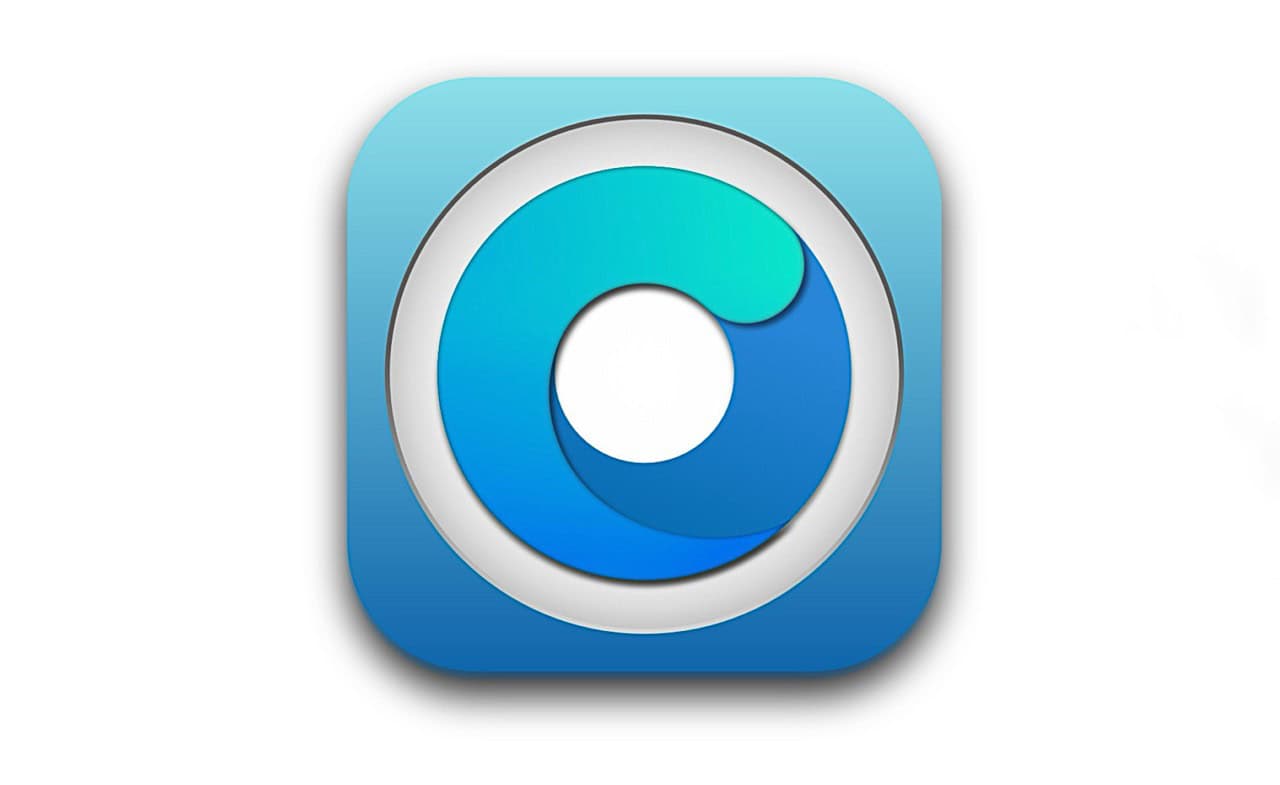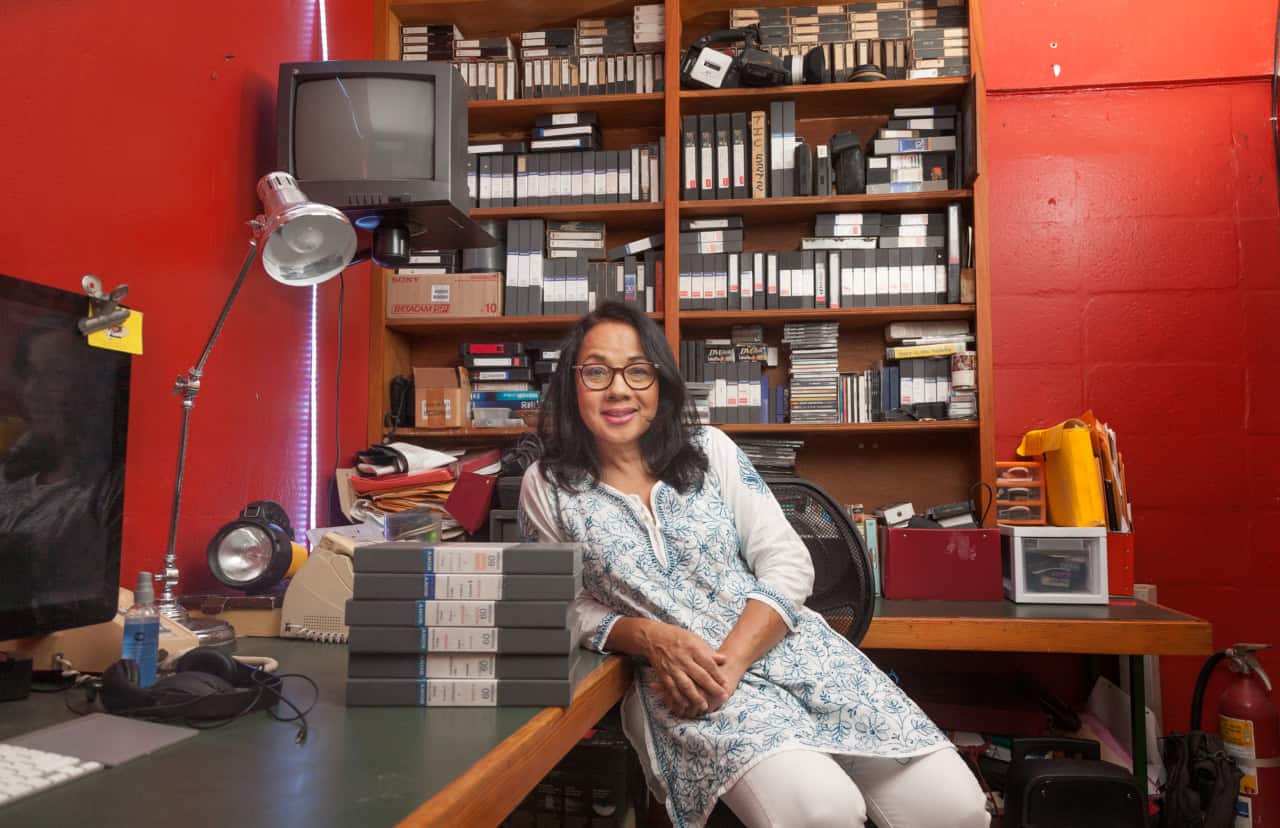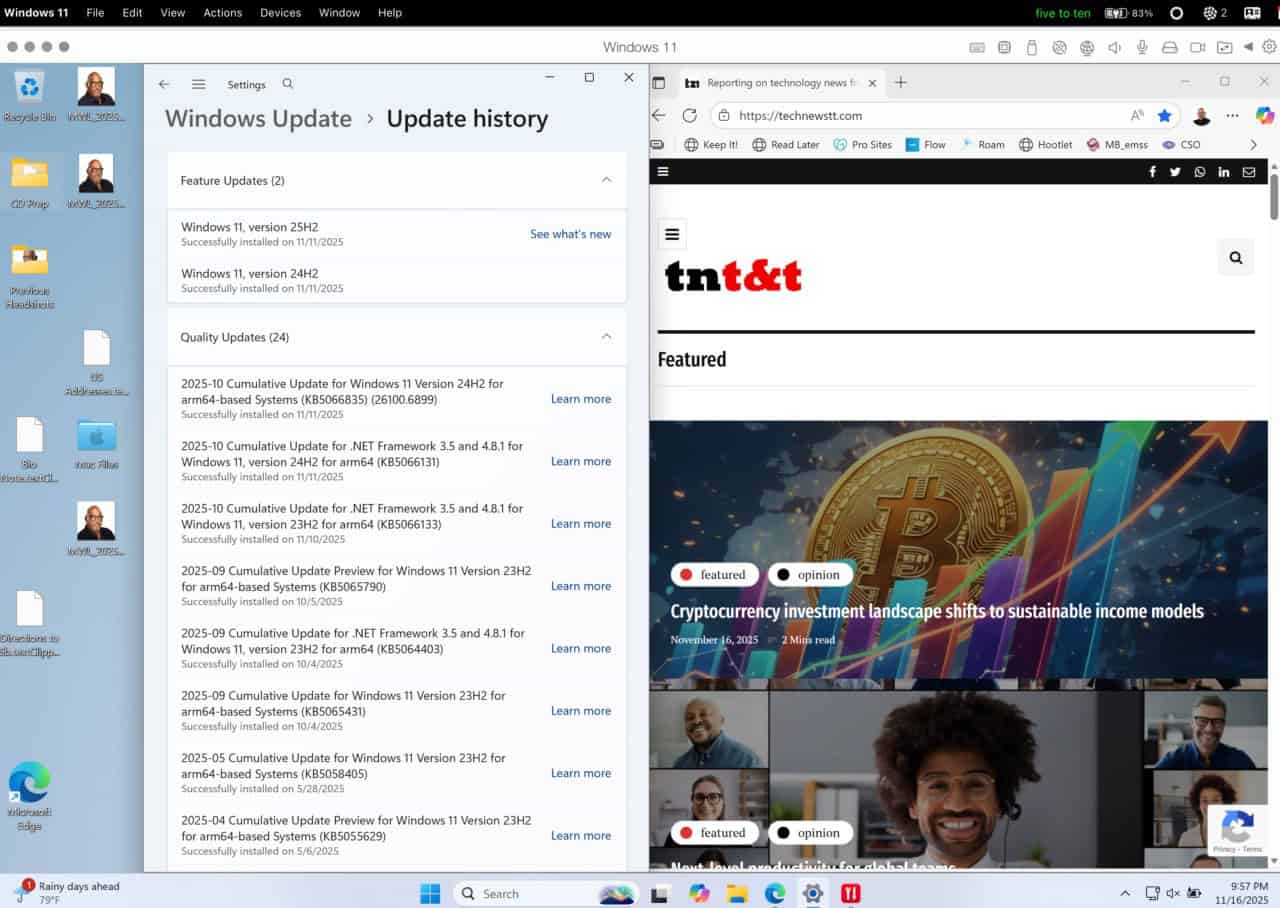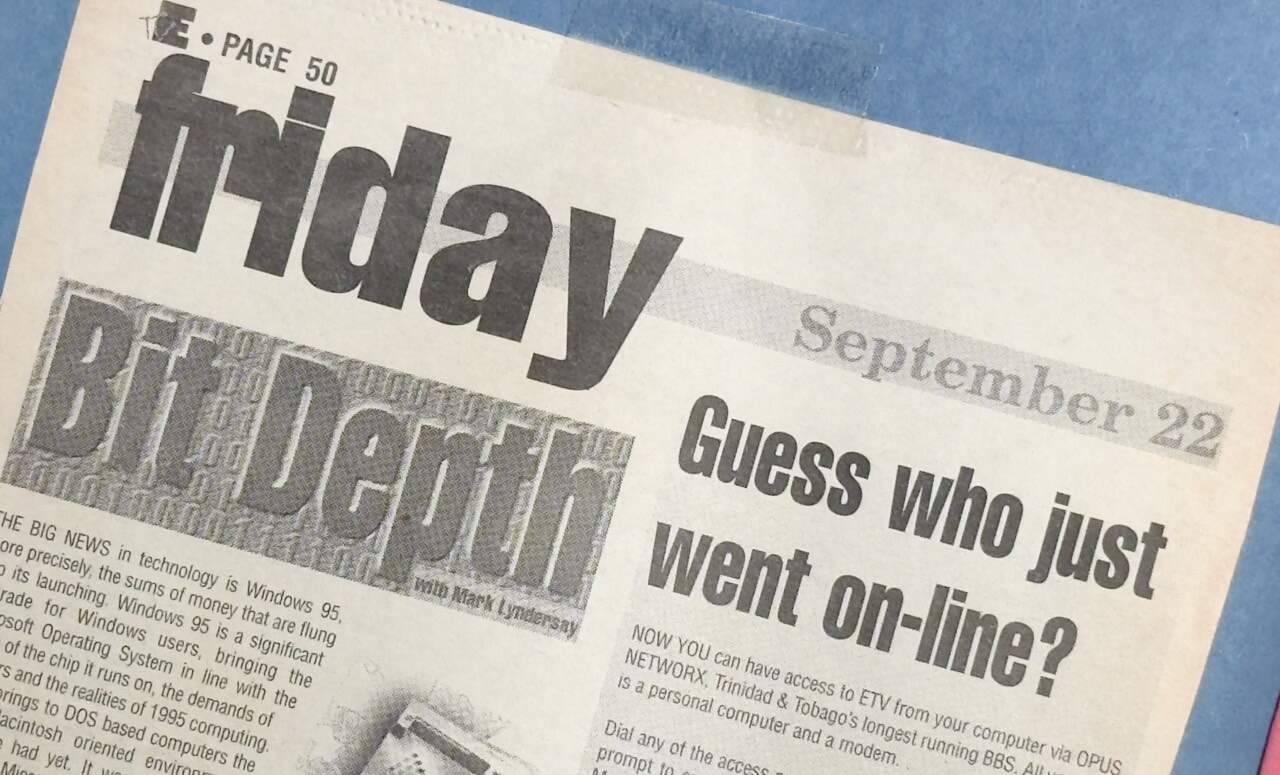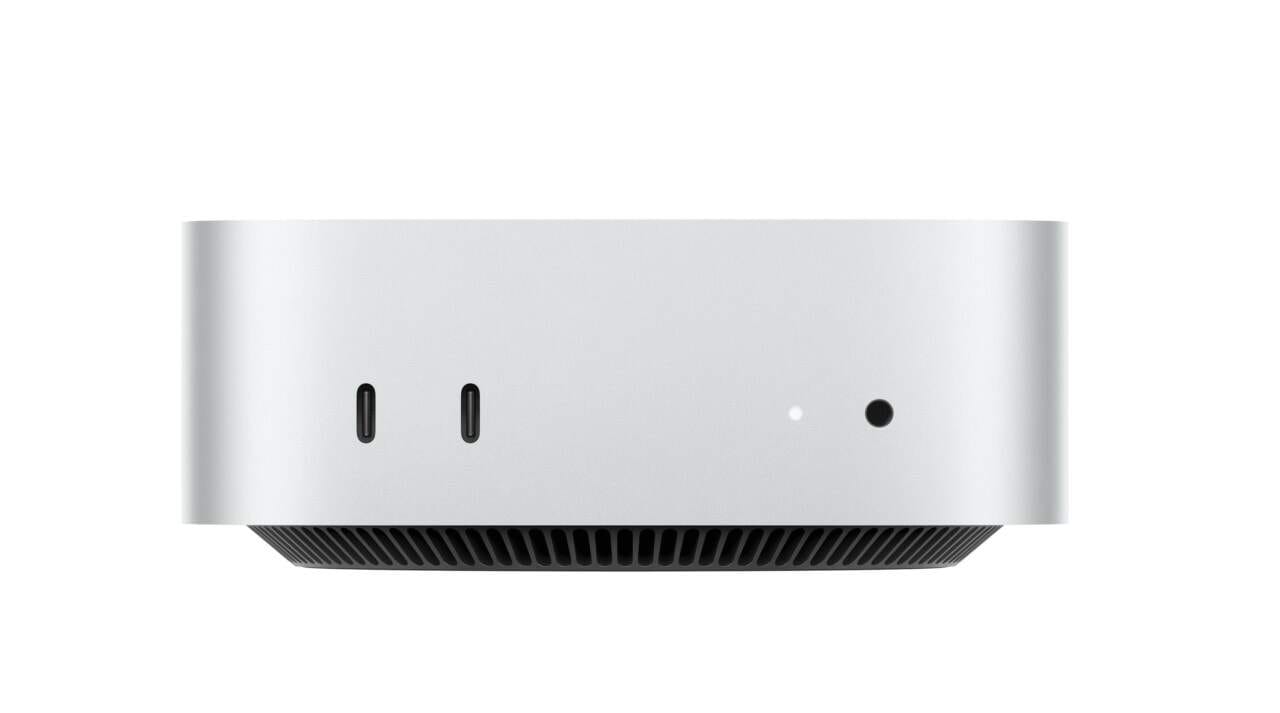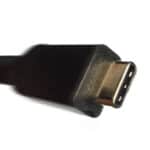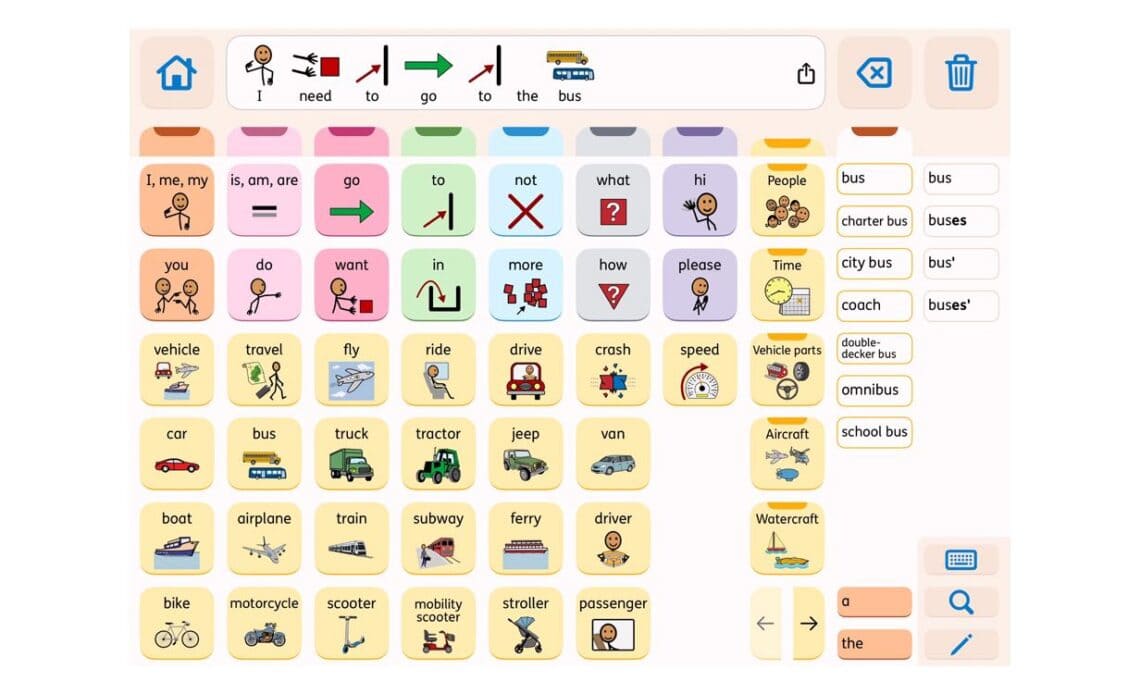
Above: Proloquo, a Mac App award winner for disabled users.
BitDepth#1435 for December 04, 2023
For most smartphone users, it’s an iOS and Android world and for many Android users, it’s really just a Samsung world.
For a while, it was also a Huawei world, after the Chinese technology company quickly ramped up from making phones for Google to building out a hugely competitive smartphone ecosystem.
Between 2009 and 2019, Huawei delivered a stunning range of smartphones that upended what users could expect from their devices and the company’s strategic partnership with Leica gave it immediate status as an image capture tool.
There was a Huawei app store, a Samsung app store, an Amazon app store and Google’s Play store, each designed to encourage greater integration and brand fealty.
Huawei had the commercial rug pulled out from under it in May 2019 by the US government and the Amazon app store today exists to deliver software that doesn’t need Google’s software architecture (which is left out of its Android-forked Kindle devices).
The Samsung app store remains a useful resource for the apps the company develops to enhance its smartphone hardware.
Because of all the developers working across this software ecosystem, Android benefits from being more open by design even if the platform has been plagued by OS version fracturing.
But today, it’s hardly even necessary to even root (force access to administrator privileges) an Android device anymore. Most above-board software can be easily side-loaded onto mainstream Android hardware.
It was easier to do the equivalent jailbreaking of iOS devices, but a rich and varied software development ecosystem, paired with increased iOS protection protocols, make that the domain of the determined.
The question of which platform to invest in is decided not just by which mobile OS delivers the apps that allow the user to get things done, but also by how well they integrate with other devices.
I write with and do a fair bit of photography using a smartphone, some of it with professional intent.
On Android, the Gallery app is a functional tool for browsing media and sharing it on social media, but it does little else.
The Files app on Samsung Devices turned out to be a more useful and capable tool for moving images off the device and for executing large transfers of big photo and video collections.
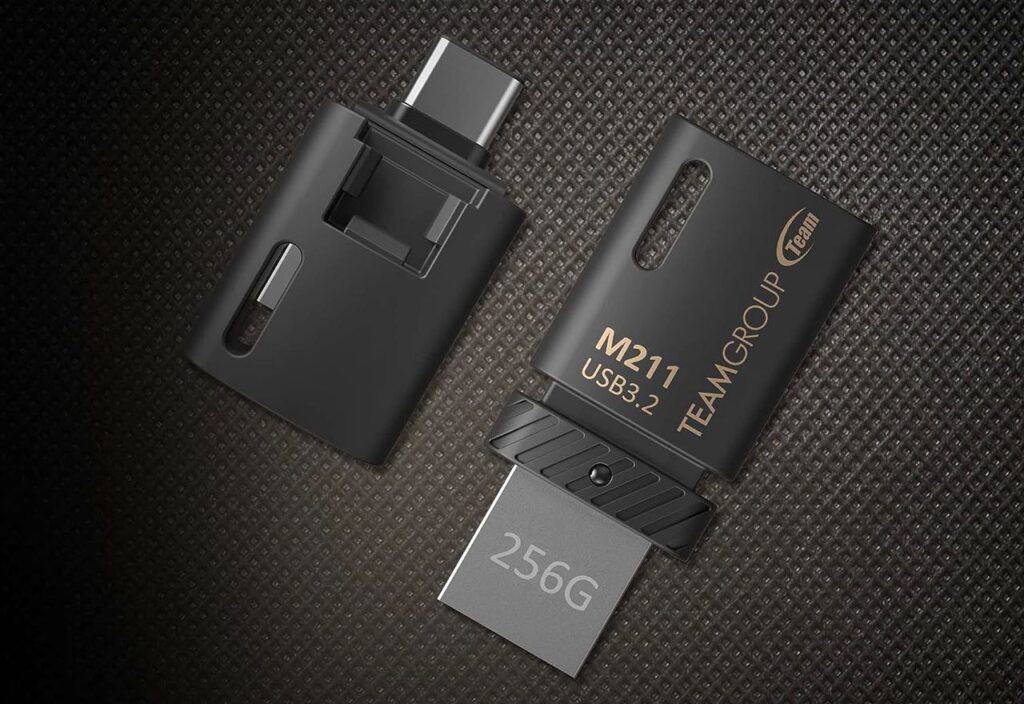
A USB-C flash drive works well as an intermediary host for such transfers. Dual port media – with a second USB-A port that plugs directly into a computer – makes the transfer of big collections of images fast and creates a backup of your files in the process.
Samsung’s QuickShare is a file-sharing tool that makes moving big media collections fast by uploading them to the company’s servers temporarily and generates a link to download the files on another device.
Apple’s iOS is…different.
On an iPhone, taking a photo drops it into Photos, which serves as a gallery app, image editor and link to iCloud, a web storage service. Images can be set to sync with iCloud on a WiFi connection and even large video clips show up seamlessly in the Photos app on iPad and MacOS.
It’s a great system for anyone who doesn’t want to be constantly rolling up their sleeves to move media files around but also a bit unnerving if you prefer to.
But photography is one area in which Apple shows some unusual flexibility. You don’t have to use Photos. There are several apps available on the App store that also tap into the iPhone’s database of photos.
One of my new favorites, Photomator, from the team that created the Photoshop replacement Pixelmator, is a 2023 Mac App of the Year.
Even more surprising, there are lots of apps that properly access the iPhone’s camera system, giving a camera buff options for how they want to interact with the hardware.
There’s no equivalent for that on Android. On those devices, app access to the camera is often rudimentary and incomplete.
Many of these iOS camera apps are expensive, and several are subscription only, but some great capture tools are both cheap and genuinely valuable.Blackmagic, creator of expensive camera capture equipment, offers a free app for the iPhone that turns it into a cinema grade capture tool.
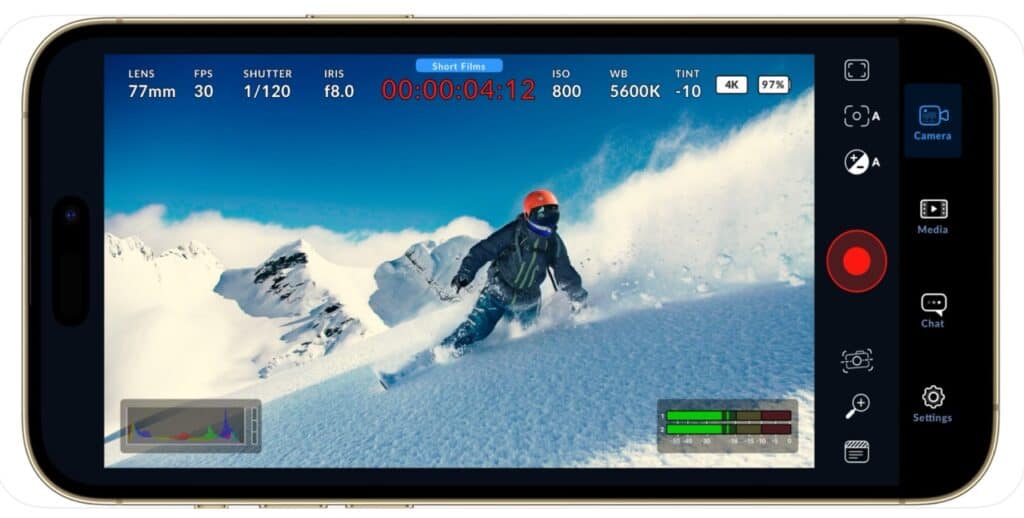
You can do everything with the iPhone camera app that you can with the rather bluntly named Blackmagic Camera, but not with an interface that aligns with professional video standards.
I’ve often lamented the lack of a good word processor on Android. If you aren’t using Microsoft Word for mobile, your options are largely unusable tools, most of which produce files that open poorly on a desktop computer.
For years, I paid for Evernote to be able to use a text editor that moved copy back to my computer that didn’t require repairs afterward.
Pages, the word processor that’s available for free on Apple’s computers and mobile devices, works seamlessly on the iPhone.
I’d worried about font mapping on the phone, since there’s no equivalent font on mobile for the one I’ve used for years as my writing typeface (that’s Stone Serif, a humanist, transitional type with gorgeous legibility and well-rounded counters).
After moving the file to the iCloud zone on my computer, it is immediately available to open on the iPhone (where it appears in a readable but uninspiring Helvetica clone) all the new copy updated on the computer, properly formatted.
This tight integration pays dividends in the relationship between iPhone and Apple Watch, which is compared with Samsung’s smartphone and watch system next week.




